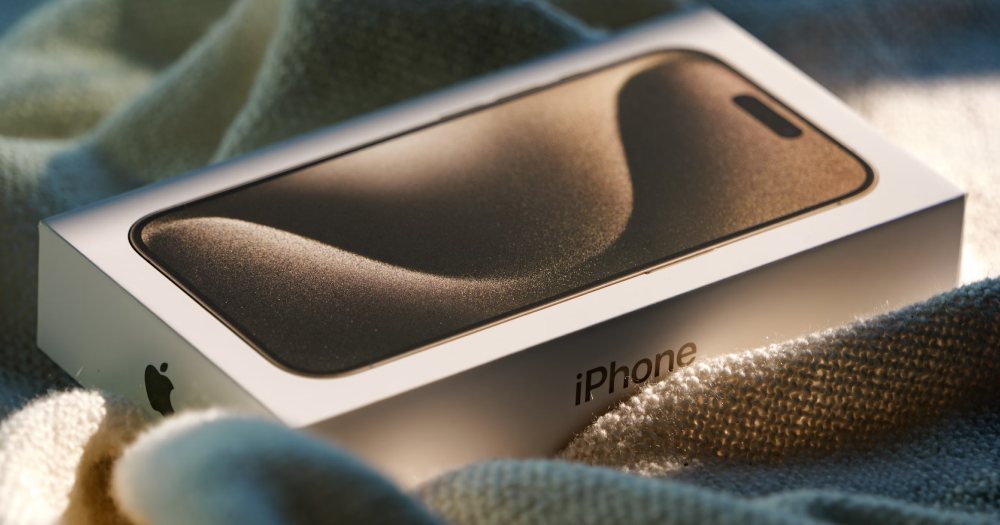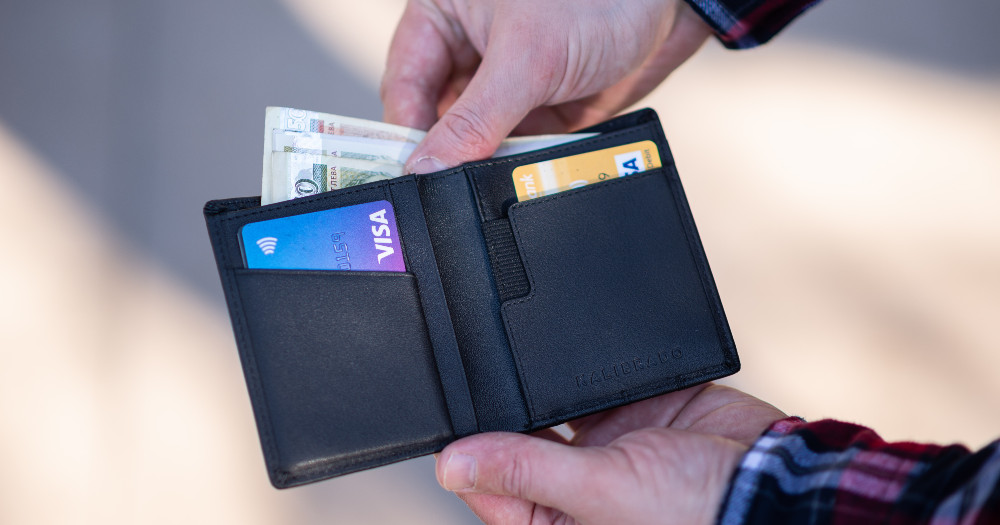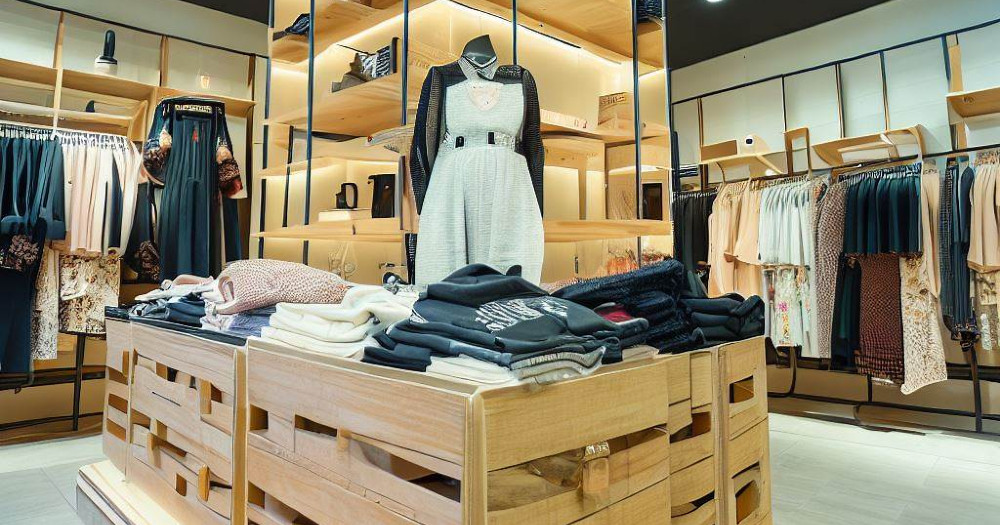Welcome to our blog where we share new ideas on visual marketing, selling products, and making your brand known. In today’s quick market, where what customers want changes very fast, brands are always looking for fresh ways to connect and make a lasting impact while personalizing the Brand.
Personalization has become very important, going beyond just making products different to change the whole brand experience.
In this article we look into how brands can use special packaging, unique messages, and special engraving events to make memorable moments with their brand.
Personalized packaging – unboxing a unique brand experience
In the realm of marketing, first impressions are paramount, and personalized packaging offers an immediate and tangible connection with the consumer.
Personalized packaging transforms the mundane act of unboxing into a memorable event, reinforcing brand identity and enhancing customer loyalty. From incorporating individual names and tailored messages to using unique designs that reflect consumers’ preferences or occasions, brands can create an emotional resonance that elevates the product’s perceived value. For example, when choosing travel mug engraving, you can continue the personalization not only as part of the product itself, but the packaging too.
Examples of companies excelling in this arena include Coca-Cola with its named bottles campaign and Tiffany & Co.’s iconic blue boxes. Those have become synonymous with luxury and exclusivity.

Custom messaging – speaking directly to the consumer
In a digital age where consumers are bombarded with information, custom messaging stands out as a beacon of relevance.
Imagine getting messages that feel like they were made with you in mind, thanks to the magic of data analytics and a deep dive into consumer habits. Think of it like getting a special discount on your birthday, a high-five in your inbox after you’ve bought something, or being part of an online campaign that feels more like a conversation than a broadcast.
This is the kind of connection that turns a simple buy-and-sell into a community. One where every message makes you feel like you’re part of something bigger. Take a cue from how Starbucks sends you those “just for you” offers or how Spotify seems to know exactly what playlist you need.
It’s all about making every click and every scroll feel like it’s tailored just for you.
Exclusive engraving events – personalization as an experience
Offering consumers the opportunity to personalize their products through exclusive engraving events is a novel way to deepen engagement and enhance the brand experience.
Exclusive engraving events create a platform for direct interaction between the brand and its consumers. That way offering a unique experience that goes beyond the point of sale. By engaging customers in the personalization process, brands can foster a sense of ownership and emotional attachment to the product.
Luxury brands like Louis Vuitton and Apple have successfully hosted engraving and monogramming events. Where customers can have their initials, names, or special messages etched onto products, making each item distinctly their own.

Check out our recent article about Driving Brand Recognition.
Integrating technology in personalization
The advent of technology has opened new frontiers in personalizing the brand experience. From AI-driven recommendations to augmented reality (AR) applications.
Technological advancements enable brands to deliver personalized experiences at scale. AI algorithms can analyze customer data to provide tailored product recommendations. While AR can offer virtual try-ons or immersive product experiences.
Sephora’s Virtual Artist app and Nike’s AR-based shoe customization are prime examples of how technology can personalize the shopping experience. That way making it more engaging, convenient, and tailored to individual preferences.
In conclusion
Extending personalization beyond products to encompass the entire brand experience is a powerful strategy for cultivating deeper consumer connections.
By leveraging personalized packaging, custom messaging, exclusive engraving events, and technological innovations, brands can create memorable interactions that resonate with consumers on a personal level, driving loyalty and differentiation in a competitive marketplace.
Make sure to check out our other articles here:
Thank you for reading our article about personalizing the brand!
Stay tuned for more!

























